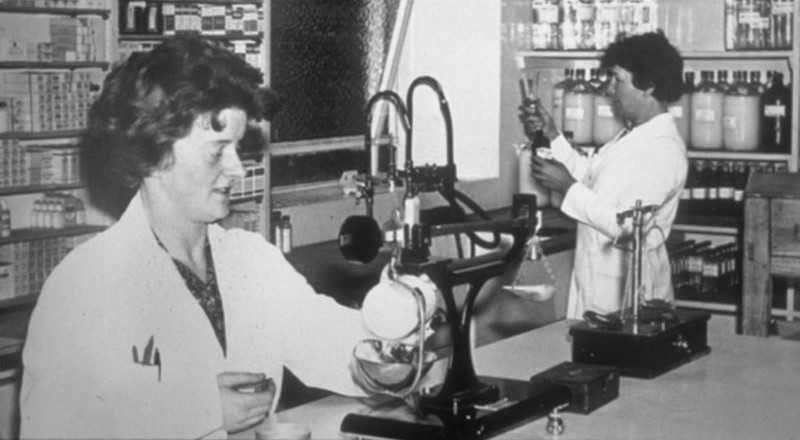There is considerable geographical variation in the use of healthcare by beneficiaries of Medicare, the US federal health insurance program for people who are 65 or older. This research explores the extent to which regional disparities are driven by the providers, whose use of expensive tests or procedures might vary across different places, or by the patients, who might have different healthcare needs and preferences. Analyzing data on Medicare beneficiaries who have migrated from one part of the country to another, the study finds that patients and providers account for roughly equal shares of the differences in regional spending. The results provide a better understanding of the components of medical costs, adding nuance to the debate about possible inefficiencies in US healthcare spending.
health
Do larger health insurance subsidies benefit patients or producers? Evidence from Medicare Advantage
A central question in the US debate over privatized Medicare is whether increased government contributions to private plans generate lower premiums for consumers or higher profits for producers. This research finds that insurance companies pass through 45% of higher payments in lower premiums and an additional 9% in more generous benefits for those who enroll in Medicare Advantage. Since the findings also suggest that the less than full pass-through is a result of insurer market power, efforts to make markets more competitive may be key to increasing the pass-through to consumers.
Health insurance competition: effects on premiums, hospital rates, and welfare
In evaluating health insurance mergers recently proposed in the U.S., regulators have grappled with the costs and benefits of reduced insurer competition. Our study examines the direct and indirect effects that a reduction in the number of insurers has on premiums, provider reimbursement rates, and consumer welfare. Using detailed health and enrollment data and focusing on a part of the commercial health care market, we examine whether consumers are typically harmed when an insurer is removed from the market. Absent premium setting constraints, we find that premiums typically rise, and consumers are generally harmed as they suffer from having fewer options. However, we also find that the reimbursement rates negotiated by hospitals need not always increase, and in many cases, can actually fall.
A most egalitarian profession: pharmacy and the evolution of a family-friendly occupation
Pharmacy is among the most highly paid professions in the United States today; it is also one of the most egalitarian. Analysing extensive survey data on pharmacists and the general population, this research reveals how as the profession has become more flexible and the fraction of women has grown to a majority, pharmacy has become more highly paid relative to comparable occupations. The variance of pay has also declined and the relative hourly pay of women has risen. Technological changes that increased substitutability among pharmacists, the growth of pharmacy employment in retail chains and hospitals, and the related decline of independent pharmacies have all contributed to these outcomes.
Medical innovation and the labor market: the importance of reducing drug side effects
Pharmaceutical innovation can be enormously valuable, leading to the development of medical treatments that save lives and improve patient quality of life. However, new medications that are powerful and effective are often accompanied by painful and uncomfortable side effects. This article summarizes a recent paper, “Why Medical Innovation is Valuable: Health, Human Capital, and the Labor Market”. The author develops a dynamic framework to assess the value of pharmaceutical innovation. The framework incorporates patient incentives for long-run health along with their preferences for treatments with fewer side effects. A key finding is that evaluating effective medical treatments without considering their side effects can be misleading.
Disability insurance and the dynamics of the incentive-insurance tradeoff
Recent growth in the number of Disability Insurance claimants has led to calls for substantial scaling back of the program. We evaluate the incentive cost of the DI program against its insurance value to those in need. The main failure of the program is the number of severely work limited who do not receive insurance: the program is badly targeted.
Hospital competition and patient choice can improve healthcare quality
The introduction of greater choice and competition in healthcare is an increasingly popular model for public service reform. This research shows that once restrictions on patients’ choice in England’s National Health Service were lifted, those requiring heart bypass surgery became more responsive to the quality of care available at different hospitals. This gave hospitals a greater incentive to improve quality and resulted in lower mortality rates. In short – the introduction of choice and competition saved lives.
Financial incentives and disability rates
Can financial incentives encourage disability program participants to work? Due to a lack of randomized experiments with well-defined treatment and control groups, there is little evidence on this question. This paper helps to fill the void by exploiting a policy change in the Norwegian disability system that approximates a well-controlled policy experiment. The results show that financial incentives induce many disability recipients to work, enough so that overall program costs fall in spite of the added financial incentives. The analysis points to the possibility that incorporating financial incentives into the U.S. disability system could achieve similar results.













